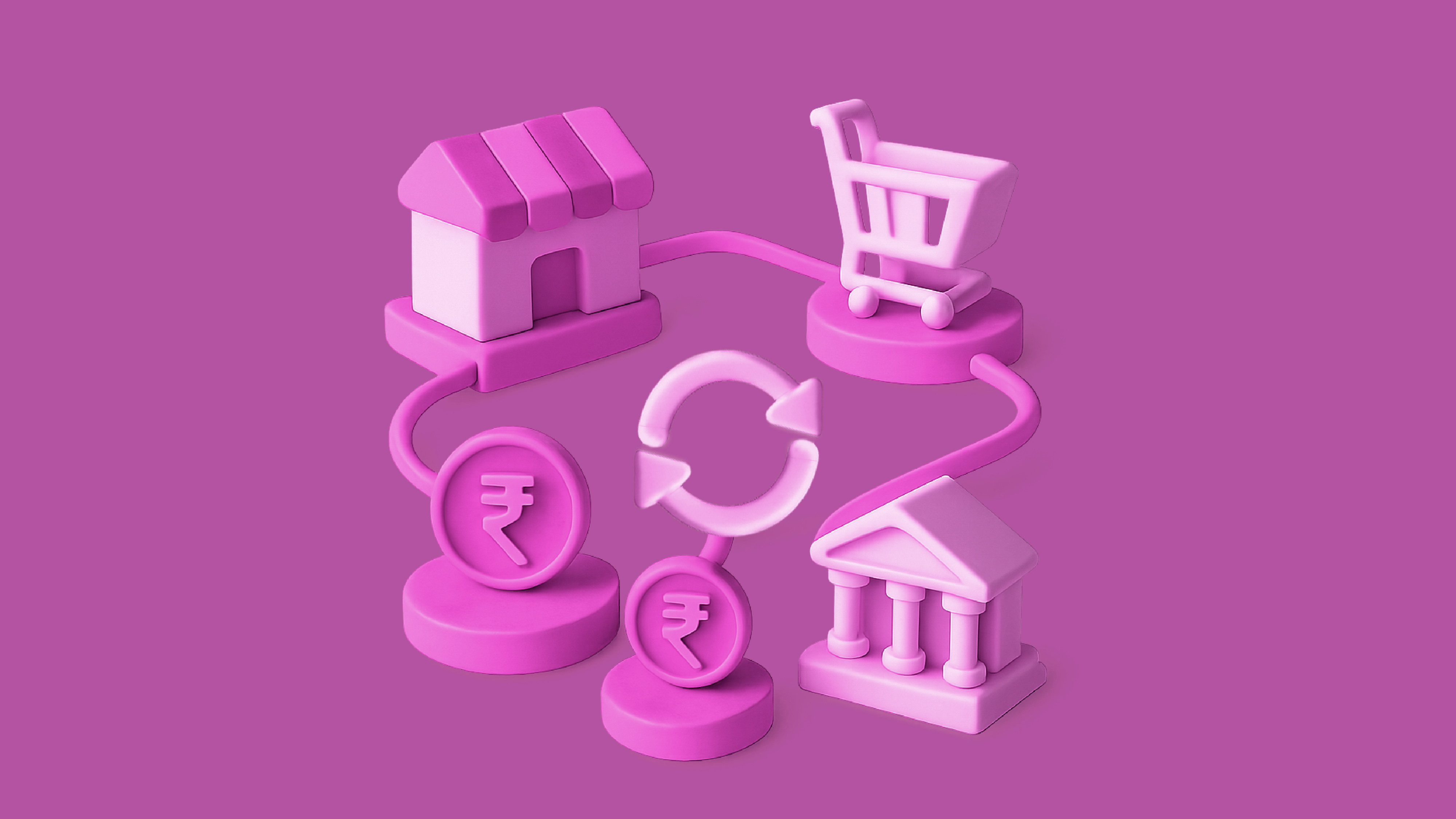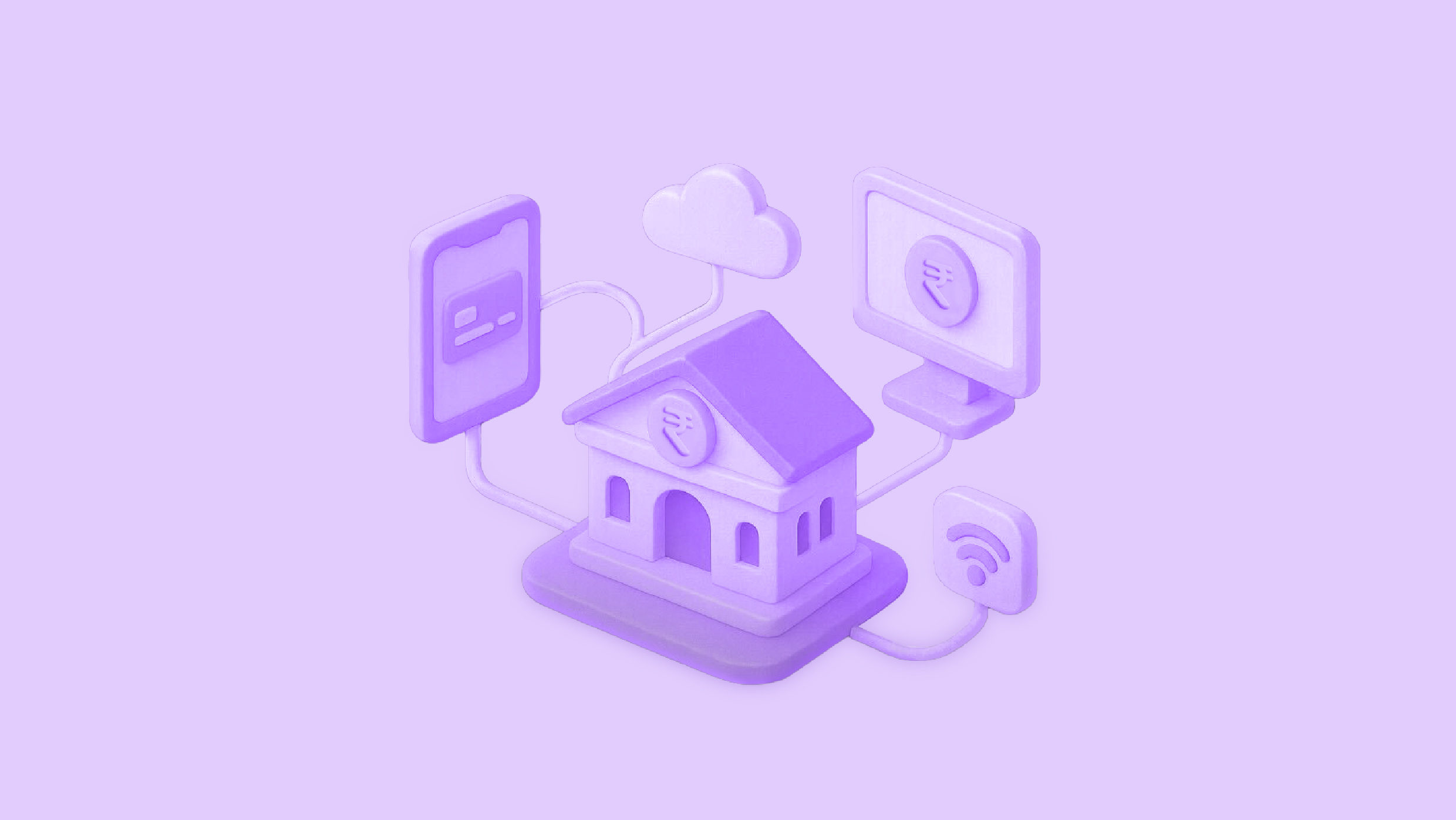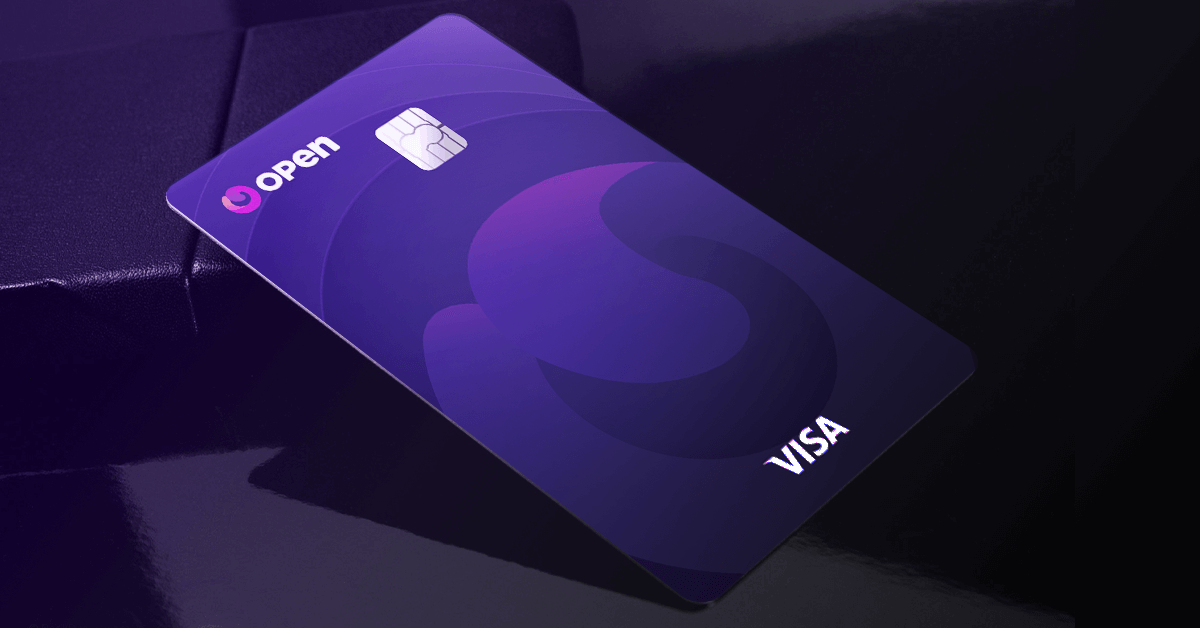When businesses talk about money movement, the terms “payments” and “payouts” are often used interchangeably. Yet, both refer to different sides of the same financial process. For a business owner, freelancer, or platform, knowing the difference helps in managing money effectively, planning cash flows, and maintaining clarity in financial records.
So, what does payout mean in business? Simply put, it is not the same as a payment. While a payment refers to money received, a payout is money given. This article explores payouts and payments in detail, highlighting how they work, how they are processed, and why the distinction matters for businesses.
What Are Payments?
A payment is the transfer of money from a customer to a business in exchange for goods or services. Payments represent inflows of money, and they form the backbone of business revenue.
For example:
- A customer paying at the checkout counter of a store.
- An online shopper completing a card transaction for their purchase.
- A household paying its monthly electricity bill.
In all these cases, the customer initiates the transfer, and the business receives the funds. Payments can be made through various methods such as cash, cards, UPI, net banking, or wallets.
In accounting terms, when customers make payments, receivables decrease and the company’s cash balance increases once the funds are cleared. Payments are crucial for liquidity, as they determine whether a business has enough cash available to meet its obligations.
What Are Payouts?
Payouts, on the other hand, represent money flowing out from a business to individuals, employees, vendors, or partners. In simple terms, payouts are the disbursals made by a company for obligations it owes.
What does payout mean in business? It means settlement of obligations such as vendor invoices, employee salaries, or commissions due to partners. While payments bring money in, payouts send money out.
Examples include:
- An e-commerce platform crediting earnings to its sellers.
- A company disbursing monthly salaries to employees.
- A brand paying commissions to its sales agents.
- Loan disbursements made by financial institutions to borrowers.
Payouts are as critical as payments because they maintain trust with employees, partners, and vendors. A delay in payouts can damage relationships and affect business credibility.
Key Differences Between Payments and Payouts
While both involve money movement, the distinction lies in the direction, initiator, and purpose.
| Factor | Payments | Payouts |
| Direction of Money Flow | Inflow (money received by business) | Outflow (money disbursed by business) |
| Initiator | Customer initiates payment | Business initiates payout |
| Frequency | Can be one-time or recurring | Often scheduled or recurring (like salaries, vendor settlements) |
| Purpose | Revenue collection | Expense settlement and obligations |
| Examples | Customer buying a product, bill payment | Salary disbursal, vendor payments, partner commissions |
By separating the two terms, businesses can better monitor inflows and outflows, leading to improved financial planning.
Why This Distinction Matters
For businesses, knowing the difference between payments and payouts is not just a matter of terminology. It affects cash flow, compliance, and accounting.
- Cash Flow Management: Businesses need to ensure that incoming payments cover outgoing payouts. Poor alignment between the two can create liquidity crunches.
- Reconciliation: Differentiating inflows from outflows simplifies reconciliation, making it easier to track pending invoices and cleared transactions.
- Transparency: Clear communication about payments and payouts builds trust with stakeholders, whether they are customers, employees, or vendors.
Understanding Payables and Payouts
In accounting, the word payable refers to money a company owes to others. Accounts payable include vendor invoices, salaries, and other obligations that need to be settled.
When a payable is cleared, it results in a payout. For example, if a company records a vendor bill of ₹50,000 as a payable, the actual transfer of ₹50,000 to the vendor’s account is the payout. This link between payables and payouts helps in maintaining financial accuracy.
What Is a Payout Schedule?
A payout schedule defines when and how often payouts are made. It ensures timely disbursal of funds to employees, vendors, or partners.
For instance:
- Salaries may follow a monthly payout schedule.
- Commissions may follow a quarterly payout schedule.
- Vendors may have payouts scheduled on a 30-day or 45-day credit cycle.
A well-defined payout schedule prevents delays, improves relationships, and ensures that obligations are settled on time. Businesses often negotiate payout schedules with their partners and vendors to balance cash flow requirements.
How Are Payouts Processed?
The process of making payouts has become much more streamlined with the rise of digital banking and automated systems. How are payouts processed? The steps usually include:
- Verification of Payables: Businesses confirm that the amount owed is valid, backed by invoices, contracts, or payroll records.
- Approval Workflow: Internal teams review and approve the payout request.
- Banking Integration: Payout instructions are sent to the bank through online platforms, APIs, or bulk upload files.
- Transfer of Funds: The bank transfers the funds to the recipient’s account.
- Confirmation and Record-Keeping: A transaction record is generated and updated in the books of accounts.
With advanced financial technology platforms, businesses can now automate large-scale payouts. This is especially helpful for companies handling thousands of vendors, gig workers, or marketplace sellers.
Common Misconceptions
- Payments and payouts are the same: Many use these words interchangeably, but in business they represent opposite flows.
- Payouts are only for salaries: While salaries are a major category, payouts also include commissions, vendor settlements, refunds, and reimbursements.
- All payouts happen instantly: Payout timelines vary depending on the payout schedule, internal approval processes, and banking networks.
Final Thoughts
The terms “payments” and “payouts” may appear similar, but their meanings in business are distinct. Payments bring money into the business, while payouts send money out. Understanding this distinction helps businesses plan better, manage payables efficiently, and maintain healthy financial practices.
To summarize:
- Payments = inflows driven by customers.
- Payouts = outflows initiated by the business to meet obligations.
- Payables represent the obligations that eventually become payouts.
- Payout schedules and efficient processing ensure smooth cash flow and strong business relationships.
By using the right terminology and processes, businesses can keep their financial systems transparent and reliable.





